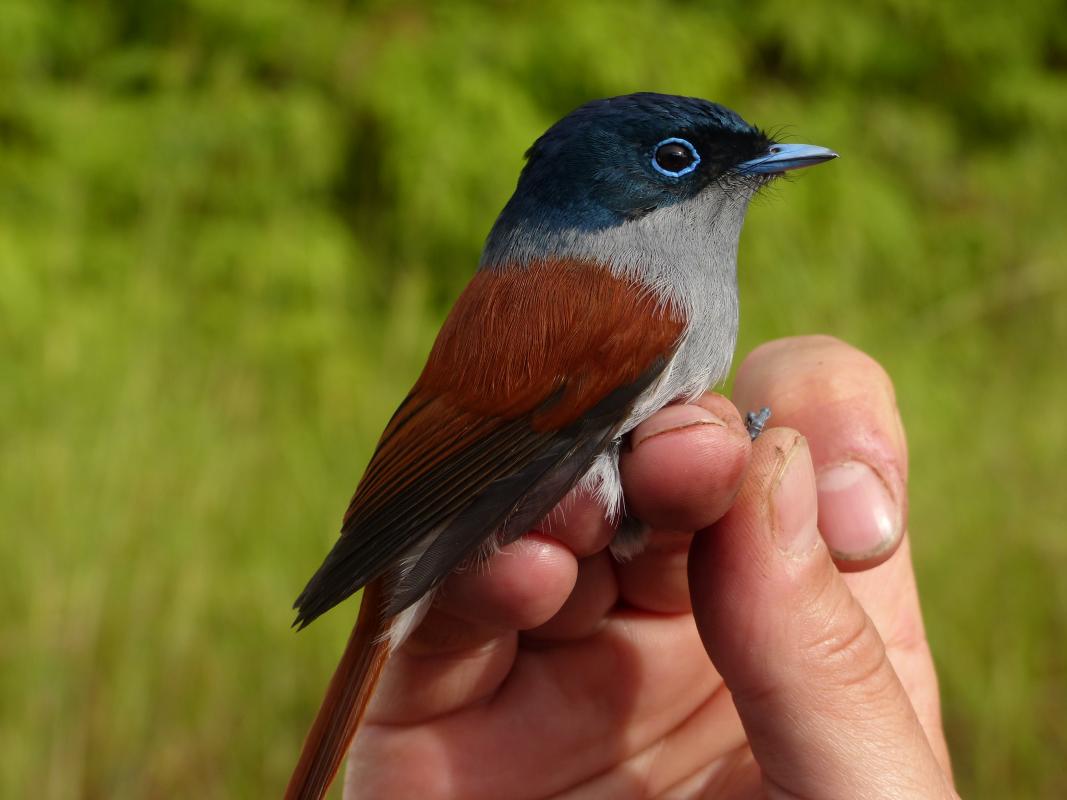Biodiversity is unevenly distributed across the planet. Why do some islands such as the Galápagos and Hawaii harbour so many unique species of birds? In the 1960’s, one of the most influential theories in biology - the theory of island biogeography -, proposed a simple model based on the idea that island species diversity results from a diversity-dependent balance between colonization and extinction to explain why that the number of species on islands depends on the island’s area and its isolation from the continent. Remarkably, to date no study has shown on a global scale how island area and isolation determine the rates at which species colonise new islands, evolve new types or go extinct. These relationships have remained elusive for decades. In a new study in Nature, a team of ornithologists, evolutionary biologists and mathematical modellers led by Dr Luis Valente (Museum für Naturkunde Berlin / Naturalis Biodiversity Center), was able to show for the first time how rates of island colonisation, speciation and natural extinction, and also species formation vary with island size and distance from the continent.
Based on a new global dataset of island birds from oceanic islands worldwide, they found that colonisation decreases with isolation, extinction decreases with area and speciation increases with both area and isolation. While these results may seem intuitive, until today scientists lacked the data and the statistical methods to test this theory on a global scale. Importantly, the authors of the study went one step further and were able to describe the precise shape of these key global biodiversity relationships.
Using molecular data from hundreds of island birds gathered in field expeditions to dozens of remote oceanic islands over the years, the authors developed and applied a new model that is able to predict species diversity on multiple islands worldwide. Using this model, they found that the number of bird species in some archipelagos such as the Canary Islands or Hawaii is well predicted. However, some archipelagos exhibited exceptionally high bird diversity not predicted by their model. These include archipelagos that, in comparison to Hawaii, have received less attention from biologists, such as the Comoros and São Tomé & Príncipe.
Another fascinating result of their study was that while islands are mostly known for their spectacular bird evolutionary radiations - such as the Darwin’s finches of Galápagos -, in fact, the vast majority of island bird species were found not to result from island radiations with multiple species, and instead constitute unique evolutionary branches with no close relatives on the islands where they inhabit. This study provides a key advance to uncover the fundamental processes that generate global biodiversity.
Publication: Luis Valente, Albert B. Phillimore, Martim Melo, Ben H. Warren, Sonya M. Clegg, Katja Havenstein, Ralph Tiedemann, Juan Carlos Illera, Christophe Thébaud, Tina Aschenbach, Rampal S. Etienne. A simple dynamic model explains island bird diversity worldwide. Nature.
The publication is here available: https://www.nature.com/articles/s41586-020-2022-5.
Pictures: http://download.naturkundemuseum-berlin.de/presse/Islandbirds
